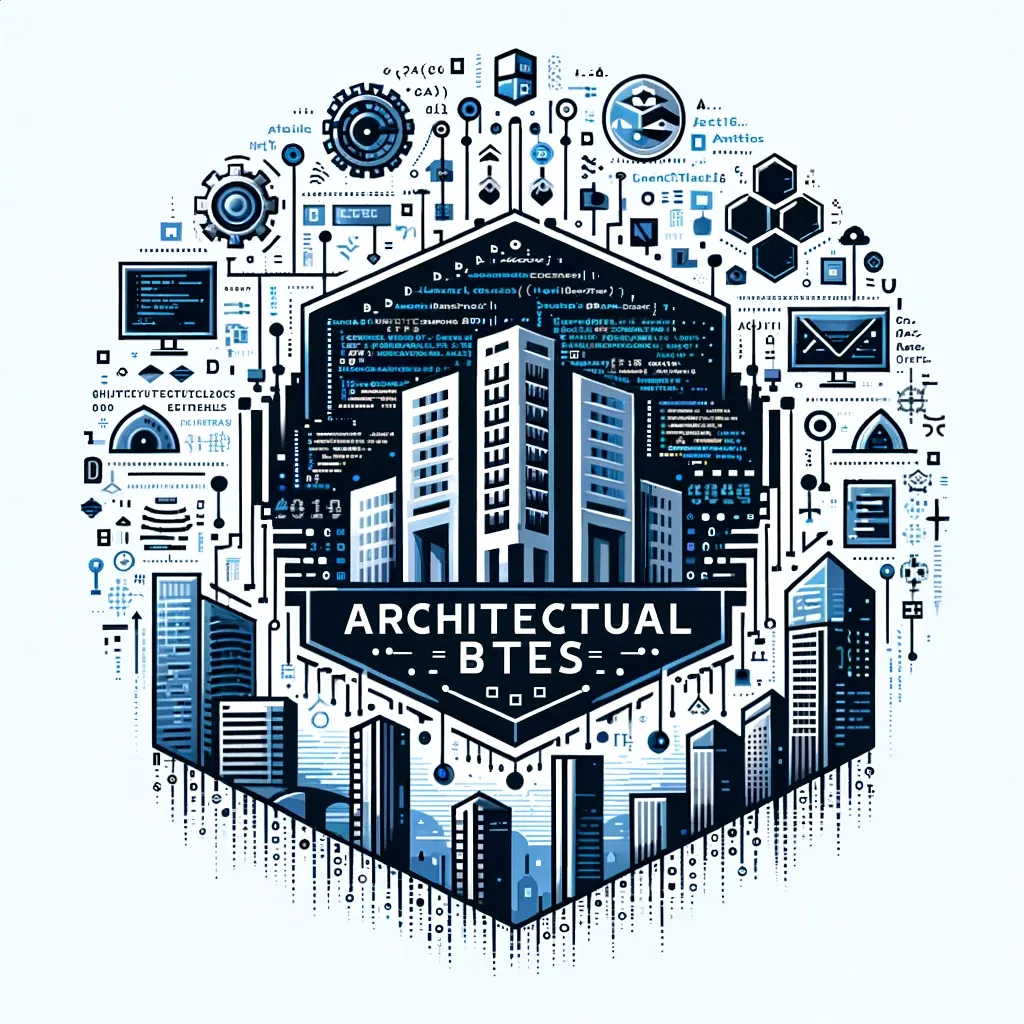API trends in 2024
As the year comes to an end, it's important to turn our attention to upcoming advancements and highlight potential trends. When we talk about trends in the context of APIs, where do we start? Gartner's Hype Cycle offers several possible angles. So, what topics are architects and developers currently focusing on?
Always this API management ...
API management is a term that's been buzzing around a lot lately. People often start by asking, "What exactly is API management and which tool meets all my needs?" It's becoming increasingly common for people to think that today's challenges can only be solved with specific software components.
However, guides and marketing pieces tend to paint a rosy picture that doesn't always align with the real world. The truth is, managing an organization's APIs isn't just about launching new development projects or integrating software. It's more about fostering communication and collaboration, aiming for the organization's success on every level, big and small.
It becomes evolutionary ...
Let's revisit the upcoming trends for the next year, focusing on evolutionary architectures in tandem with APIs. This concept, introduced by Neal Ford and Rebecca Parsons in 2018, centers around the idea of continually adapting software architectures to meet evolving needs and environments. From the start, the architecture should be built with change in mind, rather than just fulfilling current needs. Fitness functions play a crucial role in ensuring that the system maintains its desired characteristics throughout its evolution.
Key practices like incremental changes, continuous integration, and automated testing are vital in supporting an evolutionary architecture. The aim is to create a system architecture that's not only flexible and adaptable but can also keep pace with changing business demands and technological advancements.
The API as a product
After the initial surge in technology, the focus is now shifting towards products. It's important to recognise that APIs are crucial for fostering innovation and exploring new business domains. This isn't about the overused term "API as a product." It's more about the essential shift in perspective required to steer an organization towards a market-oriented future.
At codecentric, where I am a part of the consulting team, we embrace this through what we call API thinking. Our strategy is rooted in design thinking principles and methods, prioritising the needs and experiences of the user.
Focus on the user ...
In the realm of user-focused development, I've identified another non-technical trend for 2024. This trend centers on examining the users who interact with the data or functions of an API. We need to delve deeper into understanding this user base, which can be broadly classified into three categories: those focused on technology, business, and innovation.
Each category has unique needs that we must meticulously understand and address to deliver top-notch results efficiently. Furthermore, it's crucial to tailor our strategies even more precisely to meet the specific demands of these distinct groups.
More than REST ...
It's time to take another look at the evolving landscape of technology. When it comes to APIs, people usually think of REST or HTTP APIs. However, this year, we're seeing other types of APIs like gRPC, event-based, and GraphQL gaining prominence. It's becoming clearer when to use these over the traditional REST or HTTP APIs. In the realm of testing, the emphasis remains on contract and schema testing. These tests are paving the way for more complex and automated testing processes, thanks to the ability to generate a variety of tests through transformations.
As for production systems, I anticipate that resilience and observability will become increasingly critical.
APIs and data - the dynamic duo ...
In conclusion, I want to highlight a crucial issue that will pose various challenges in 2024: the interplay between APIs and data. The late Stefan Tilkov, a highly respected expert, delved into this topic extensively with Erik Wilde in one of his final video-casts. It's essential for organisations to have a clear understanding of the relationship between APIs and data. Essentially, APIs serve as a conduit for data transfer.
I'm excited about the upcoming trends and what the next year has in store. We might witness developments that are different from what we expect. Nevertheless, I'm hopeful that you, too, are looking forward to the year ahead.




